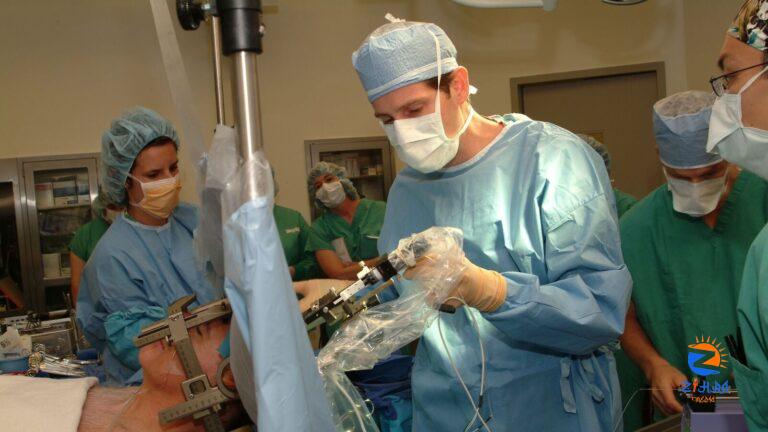
[ad_1]
New Delhi: The Union government has classified a life-threatening condition that affects the kidneys, bladder, or the urinary tract under the National Policy for Rare Diseases, making patients eligible for financial assistance of up to ₹50 lakh.
The condition is called primary hyperoxaluria and the financial assistance for medical treatment will be available where kidney transplants are required.
The decision follows a recent review of the National Policy for Rare Diseases by a health ministry panel.
The government has incorporated primary hyperoxaluria (only for transplants) under the group 1 category, which deals with disorders amenable to one-time curative treatment.
The group 2 category deals with diseases requiring long term or lifelong treatment with relatively lower cost of treatment, while group 3 covers diseases for which definitive treatment is available.
Also read | How prepared is India for an Mpox outbreak?
“The financial assistance to these patients suffering from above mentioned rare diseases (primary hyperoxaluria) shall be provided as per the provisions envisaged under the NPRD, 2021,” the health ministry said in a recent communication.
The Union government introduced the National Policy for Rare Diseases in March 2021 to focus on treatment for patients suffering from any category of rare diseases, with a provision for financial support of up to ₹50 lakh.
Last month, Union minister of state for health, Anupriya Patel, informed Parliament that 63 rare diseases had been included under the national policy for rare diseases on the recommendation of the Central Technical Committee for Rare Diseases, and that 1,118 patients had benefited from it.
Among other health conditions classified under the National Policy for Rare Diseases are osteopetrosis that causes bone diseases; Fanconi Anemia that causes bone marrow failures, tumours and other abnormalities; Laron Syndrome that causes growth hormone insensitivity; and immune deficiency disorders such as severe combined immunodeficiency and Wiskot Aldrich Syndrome.
The Union government has established 12 centres of excellence situated at premier government hospitals with facilities for diagnosis, prevention and treatment of patients with such rare diseases.
The government released about ₹109 crore to these institutes over the last three years, but only ₹53 crore was used.
The spokesperson for the Union health ministry didn’t immediately reply to Mint’s queries.
[ad_2]